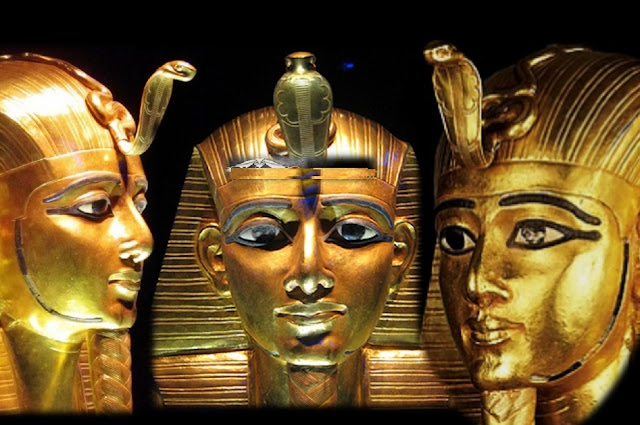Save me from depression and possible suicide
My bitter experience with Paystack payment gateway Sorry, that you haven't heard from me for a while with new articles. But the topic of today is not about African history or black history or culture per se. It's rather about my unfortunate experience with a payment gateway called paystack. I've been using Paystack to receive money from customers on my travel abroad site www.emeranalytica.com and from supporters on this blog. Since the past months, I earned over $4,000 from my travel abroad site and from donors on this site. See my paystack dashboard screenshots below. The $2,820 was earned on my travel abroad site, while about $1,400 came from anonymous readers of this blog who either supported my documentary project fundraising or just supported this blog. Those of you who've read my book: "what is Satan? What is Lucifer? The biggest secret in the world" are aware that at the end of the book I made an appeal to everyone who read the book to support me r...







Comments
Post a Comment